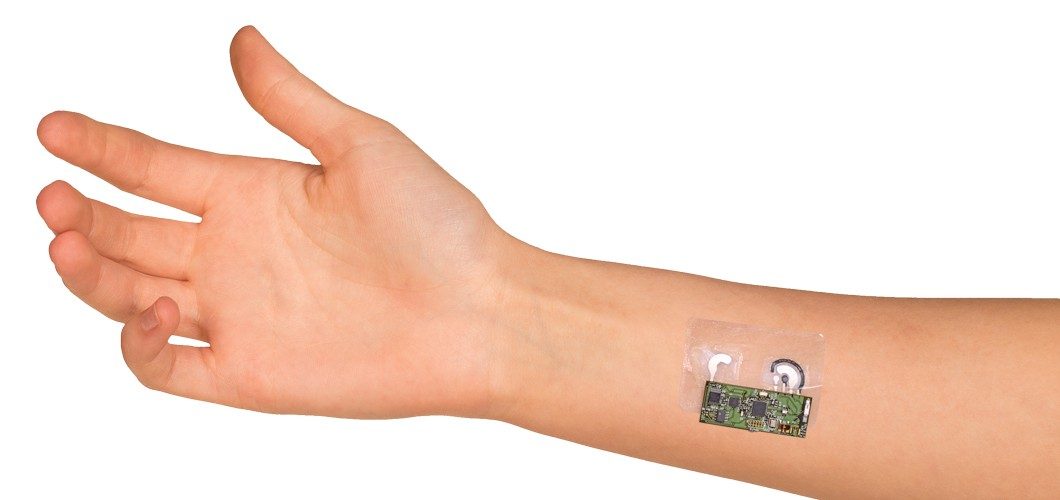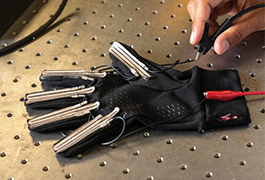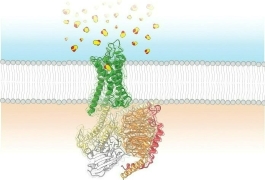Electronic Skin Patch Detects Blood Alcohol Level from Sweat

Drinking too much alcohol can lead to errors in judgment, like driving while intoxicated. To help imbibers easily and quickly know when they’ve had enough, researchers have developed a flexible, wearable patch that can detect a person’s blood alcohol level from their sweat. The monitor, reported in the journal ACS Sensors, works quickly and can send results wirelessly to a smartphone or other device.
Every 53 minutes someone dies in an alcohol-related car accident in the United States, according to the Centers for Disease Control and Prevention. Currently, ignition interlock devices are being marketed as a way to prevent drunk drivers from starting a car engine; however, they are based on breath analysis, which can be affected by a number of factors, including humidity, temperature, and even whether someone has used mouthwash. Recent research has demonstrated that sweat can be a more reliable, real-time indicator of blood alcohol content. While transdermal sensors have been developed to measure alcohol levels in sweat, they can take up to 2 hours to produce results. Joseph Wang, Patrick Mercier, and their colleagues at the University of California, San Diego, set out to make a more practical version.
With temporary-tattoo paper, the researchers developed a patch that tests blood alcohol content in three rapid steps. The patch induces sweat by delivering a small amount of the drug pilocarpine across the skin. The ethanol in the generated sweat is then measured by amperometric detection using the alcohol oxidase enzyme and the Prussian Blue electrode transducer. A flexible electronic circuit board transmits the data via a Bluetooth connection to a mobile device or laptop. The test takes less than 8 minutes from start to finish. In addition to connecting to vehicles’ ignition interlock systems, the sensor could be a simple tool for bartenders, friends, or law enforcement to use.
The authors acknowledge funding from the National Institute of Biomedical Imaging and Bioengineering, the Defense Threat Reduction Agency, and the University of California, San Diego, Center for Wearable Sensors.
Read more about the research: “Noninvasive Alcohol Monitoring Using a Wearable Tattoo-Based Iontophoretic-Biosensing System,” ACS Sensors, 2016, Article ASAP.




